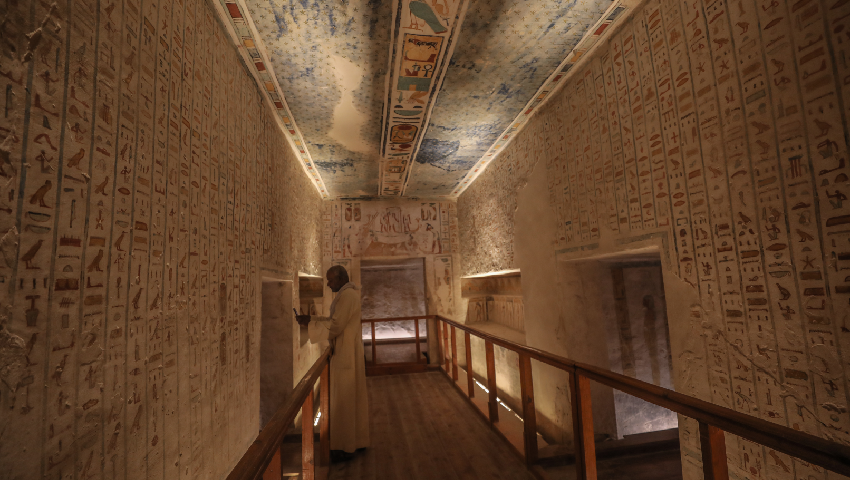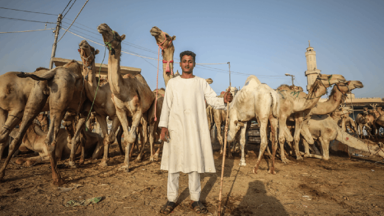Restoration work on Tutankhamun's tomb: Facts about the young king
The tomb of the young Pharaoh Tutankhamun, who died at the age of 19 in Luxor, Egypt, was unearthed in 1922 by British archaeologist Howard Carter and his team. The tomb, located in the Valley of the Kings in Luxor on the east bank of the Nile River, underwent meticulous restoration work for many years.

The tomb of the 'boy king' Tutankhamun was unearthed in Egypt's Valley of the Kings in 1922, along with incredible treasures. The discovery is considered one of the greatest finds in history.

Last month, Tutankhamun's facial features were painted by an international team of scholars from Brazil, Australia and Italy using a digital model of his mummified skull.

Recently, the final restoration work on Tutankhamun's tomb was completed. There are more than 5,000 objects in the tomb of the king who died at the age of 19 after more than 3,300 years.

The biggest discovery among the 5,000 objects in the tomb was King Tut's mummy. But to get to the mummy, archaeologists worked slowly and painstakingly on a series of nested temples and coffins that were never intended to be opened by human hands.

When the coffin was opened, Tutankhamun's iconic funerary mask was revealed. The 22-pound, solid gold mask rested directly on the head and shoulders of King Tut's mummy. The handsome young king's mask depicted him as Osiris, complete with the pharaonic false beard.

King Tut's mummy, when carefully removed and opened, contained 143 different amulets, bracelets, necklaces and other priceless artifacts among his old bandages.

WHO WAS TUTANKHAMUN?
Tutankhamun or Tutankhamun was the last leader of the royal family at the end of the 18th dynasty during the New Kingdom of Egyptian history. He was an Egyptian pharaoh who ruled from 1332 BC to 1323 BC.

King Tut's reign was very short (about ten years) and he did not leave behind any heirs or children. However, thanks to the discovery of researchers, it was revealed that two stillborn daughters of King Tut's half-sister and wife Ankhesenamun, whom he married at the age of 12, were buried in their father's tomb.

Tutankhamun was physically disabled with a deformity in his left foot, part of which was found in his tomb, along with bone necrosis requiring the use of a cane. He had other health problems, including scoliosis, and was also infected with various forms of malaria. This is thought to be the cause of his death.

With more than 5,000 artifacts on display in the museum, the public's interest in Ancient Egypt has grown and Tutankhamun's mask has become a popular symbol.











